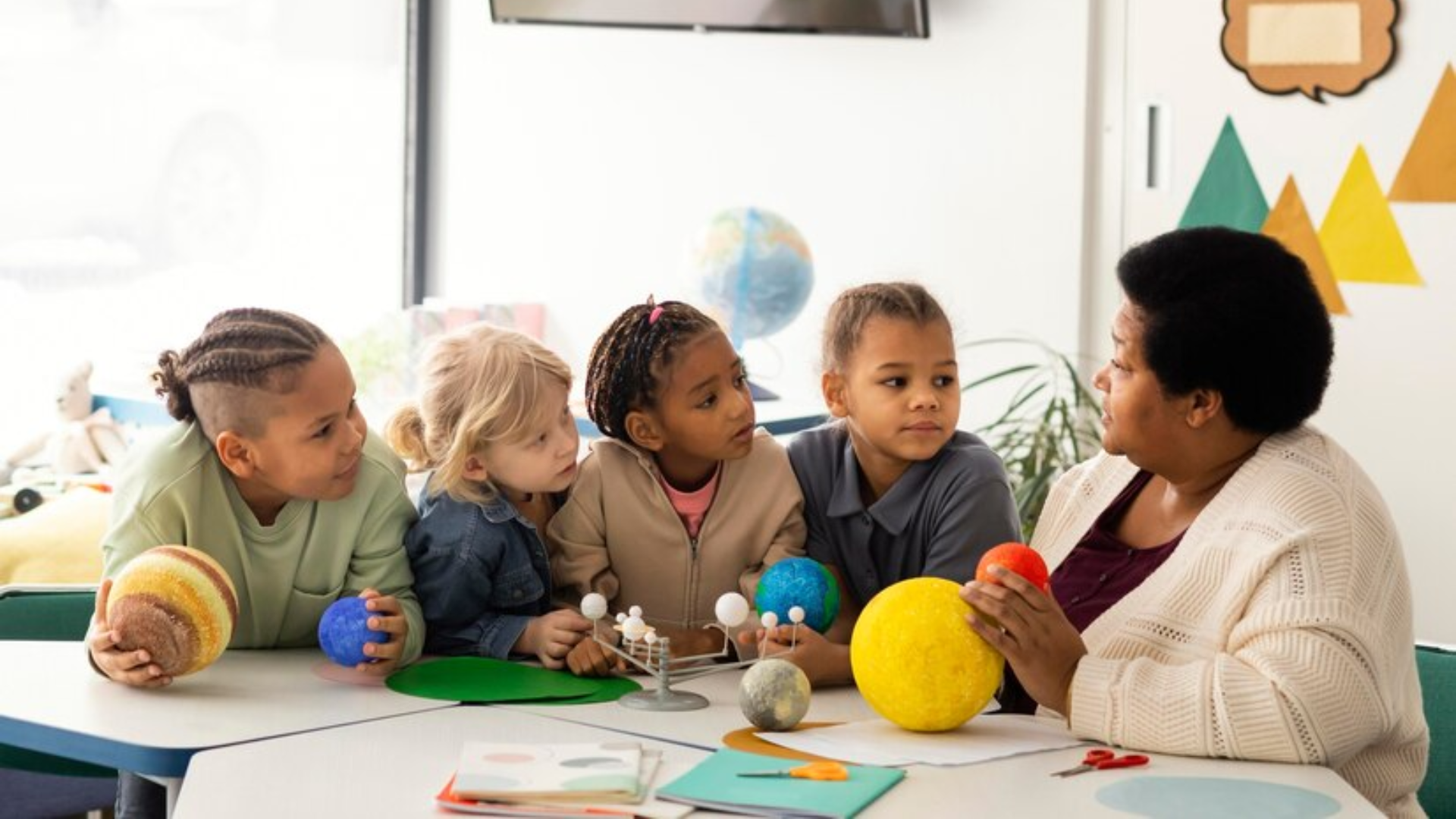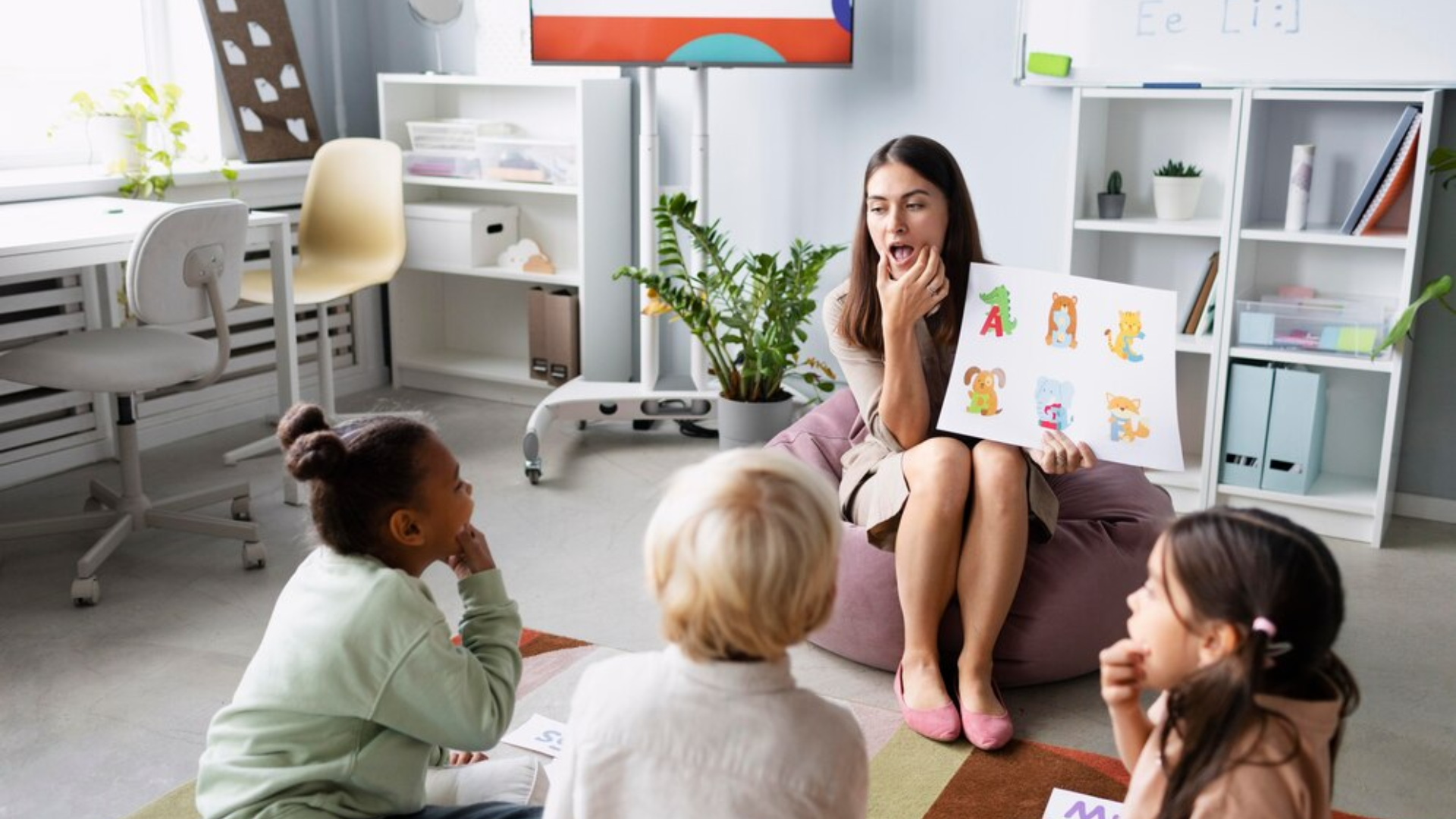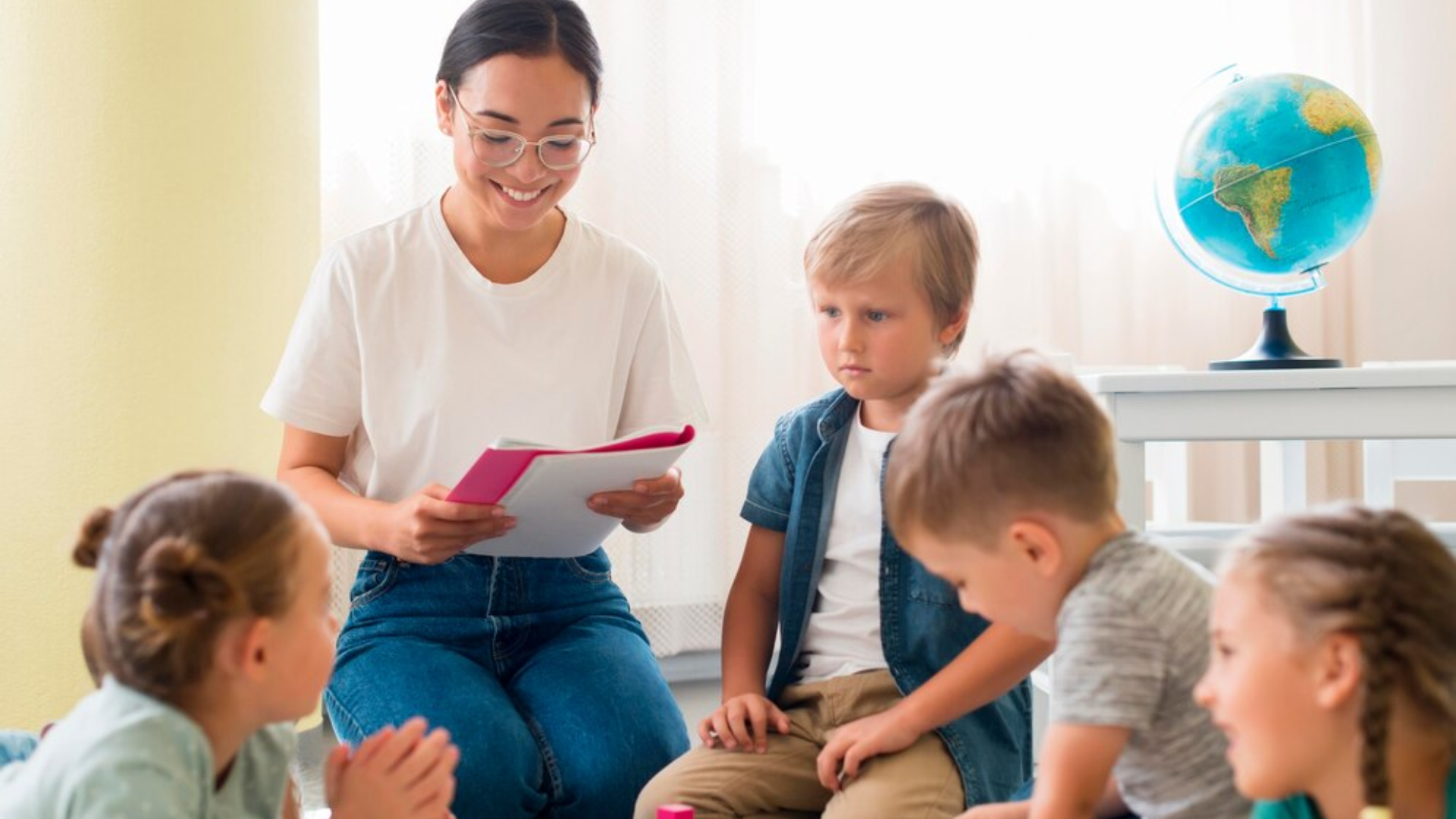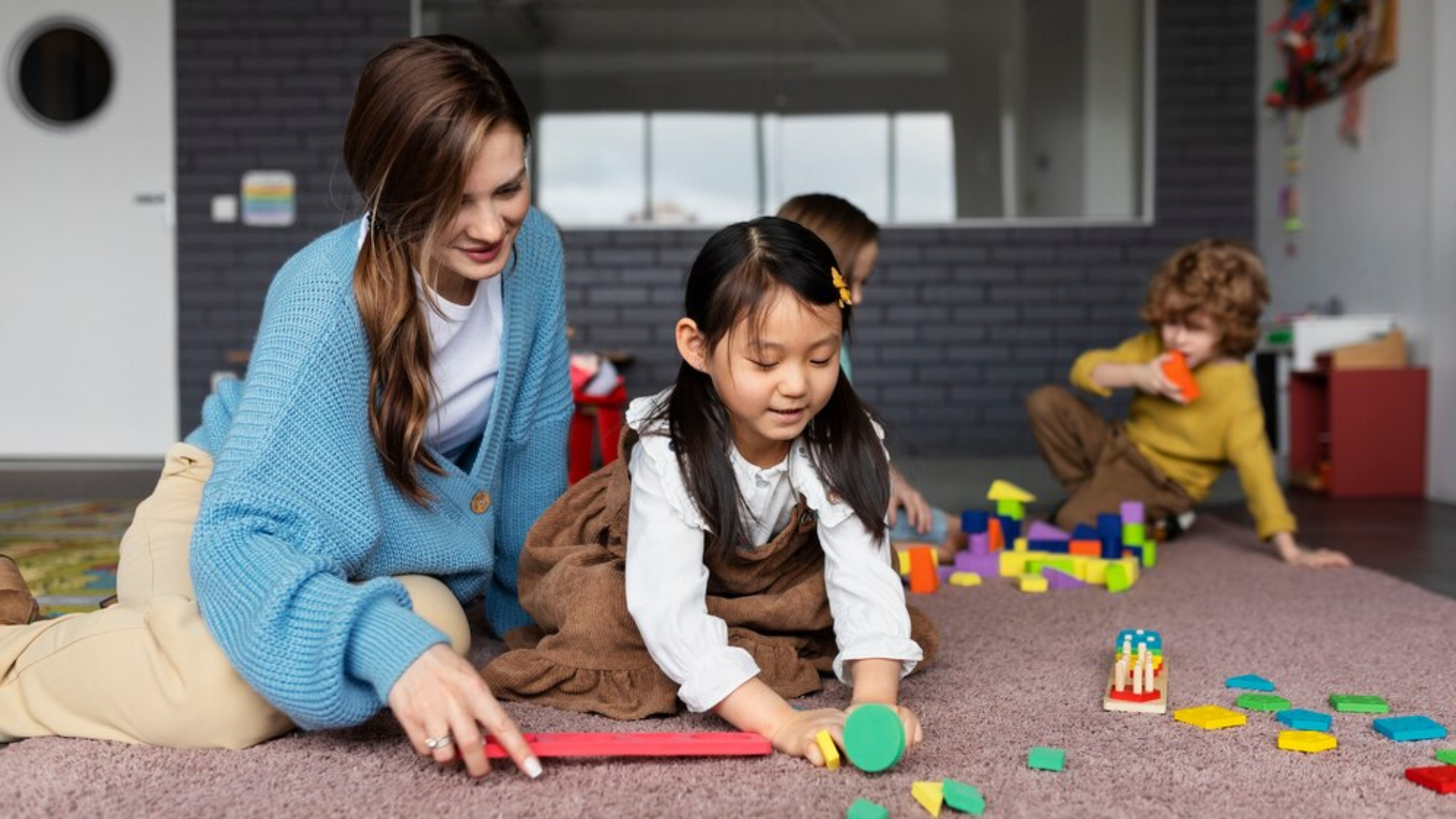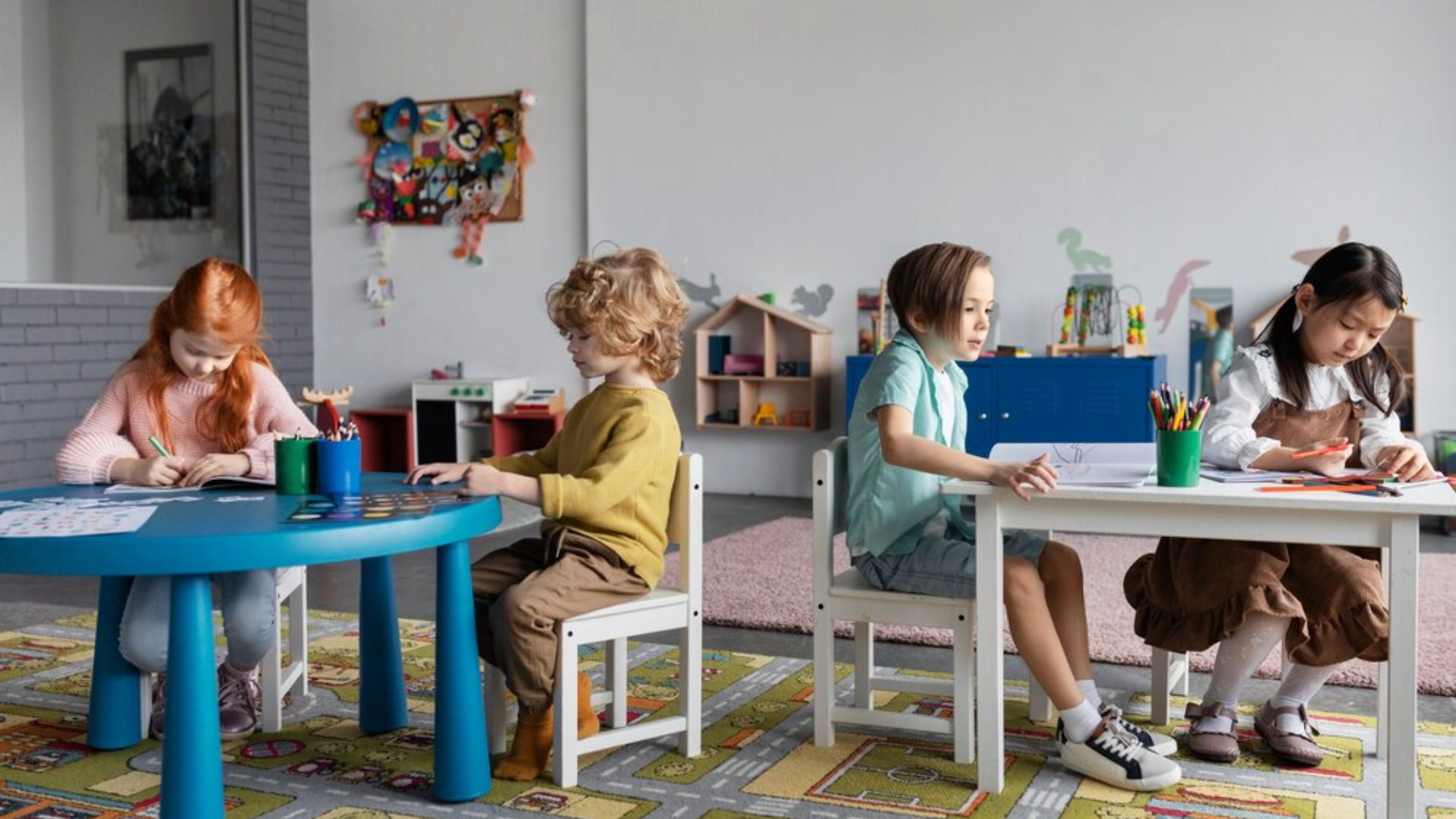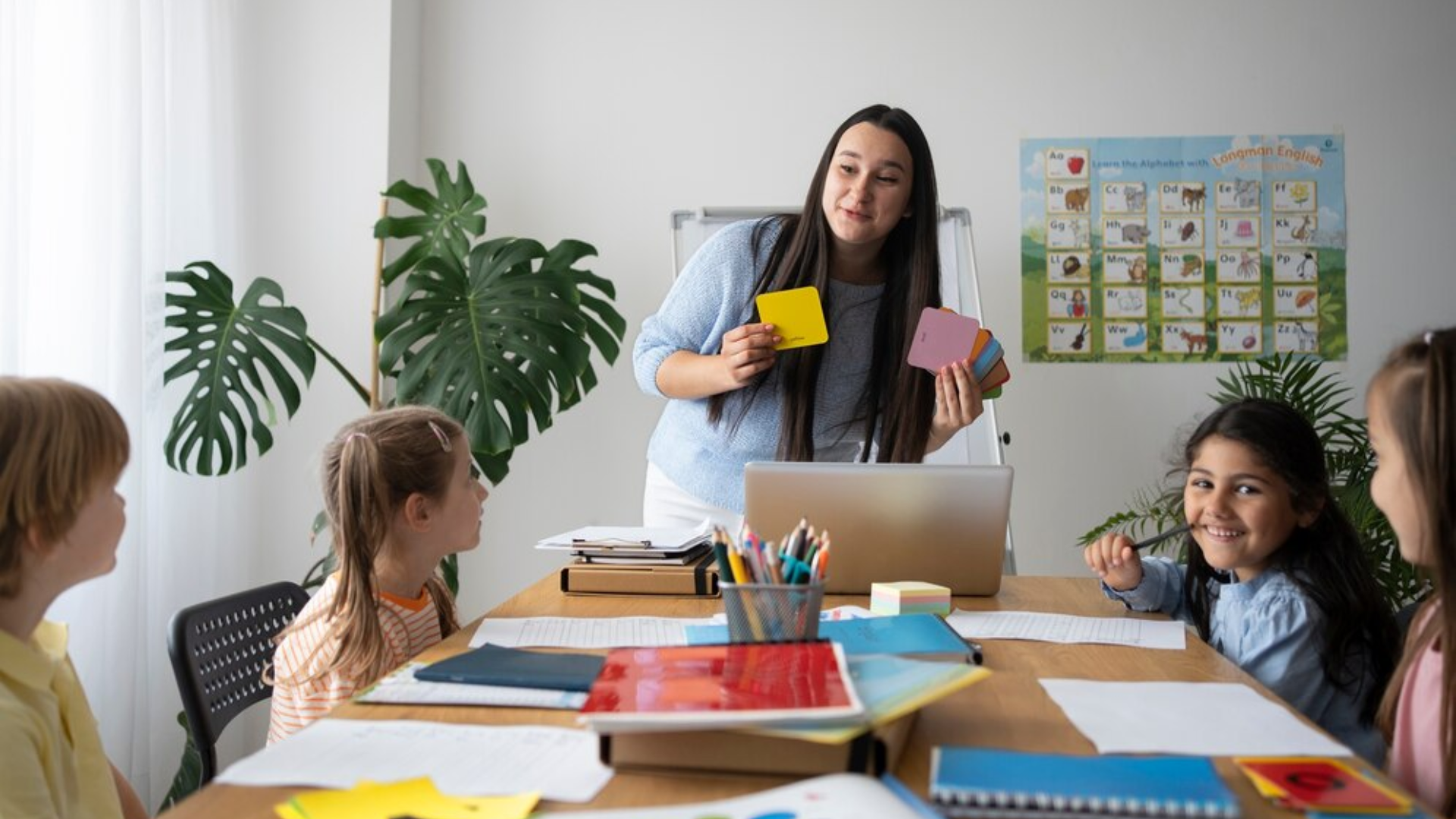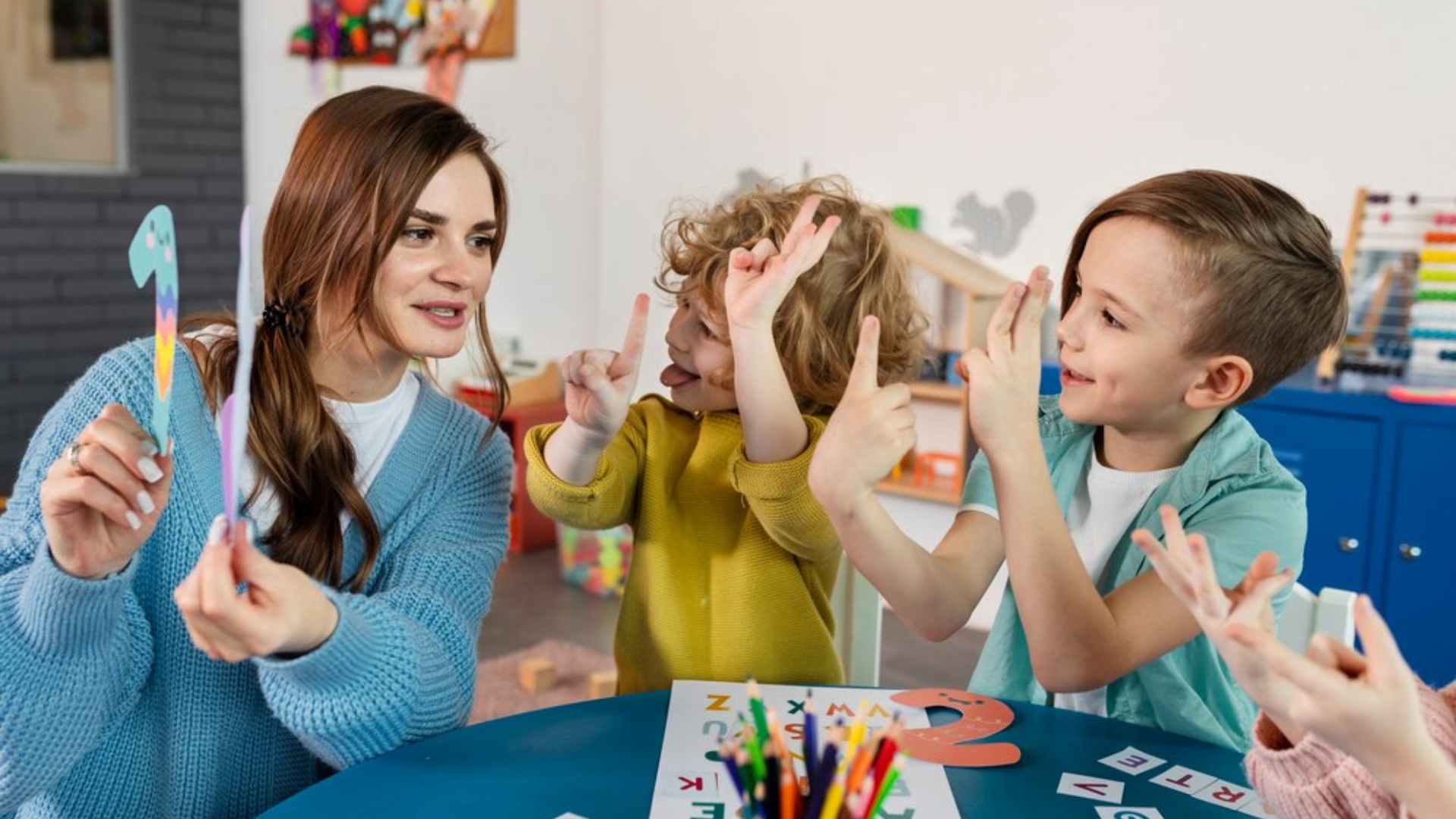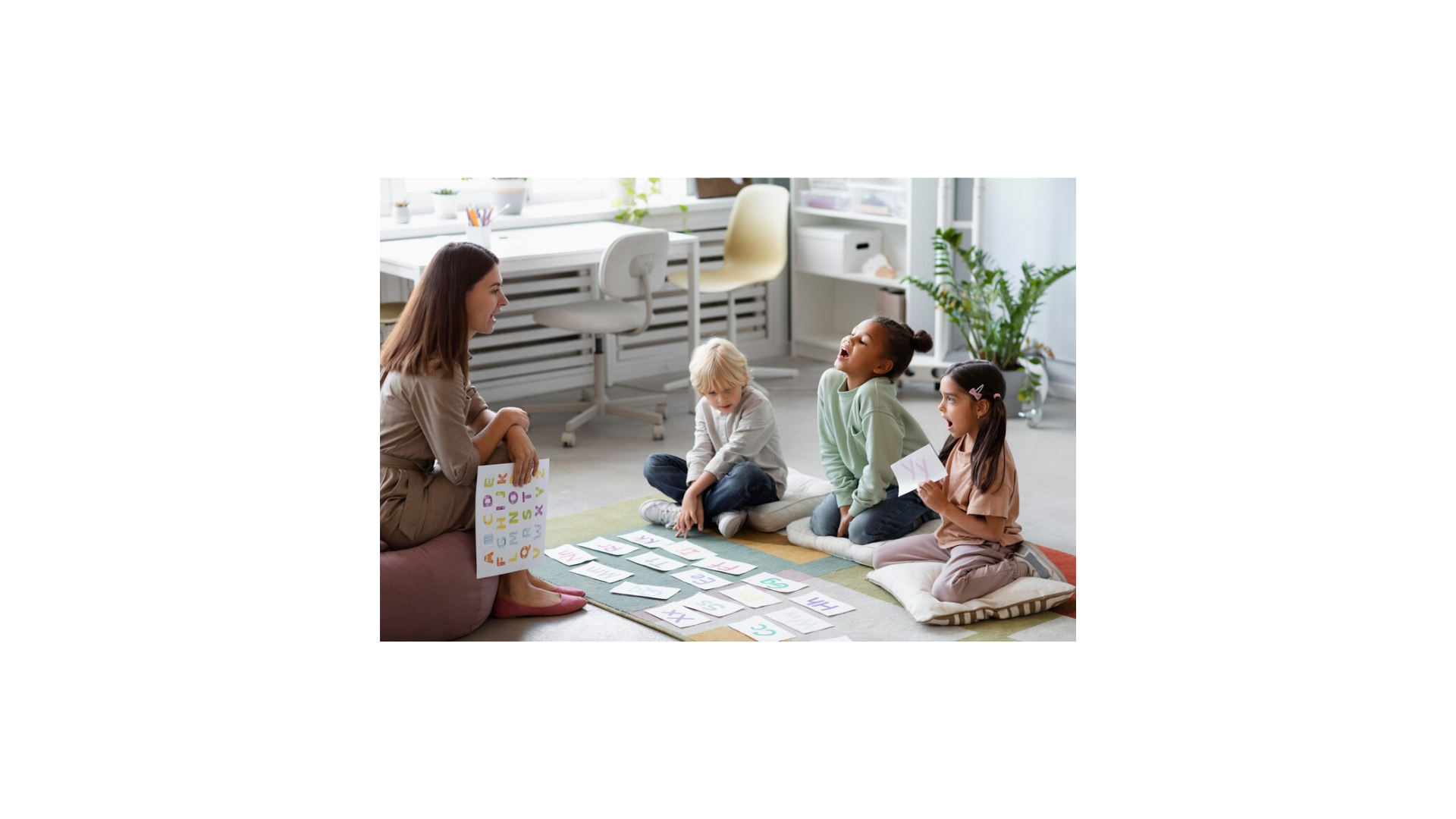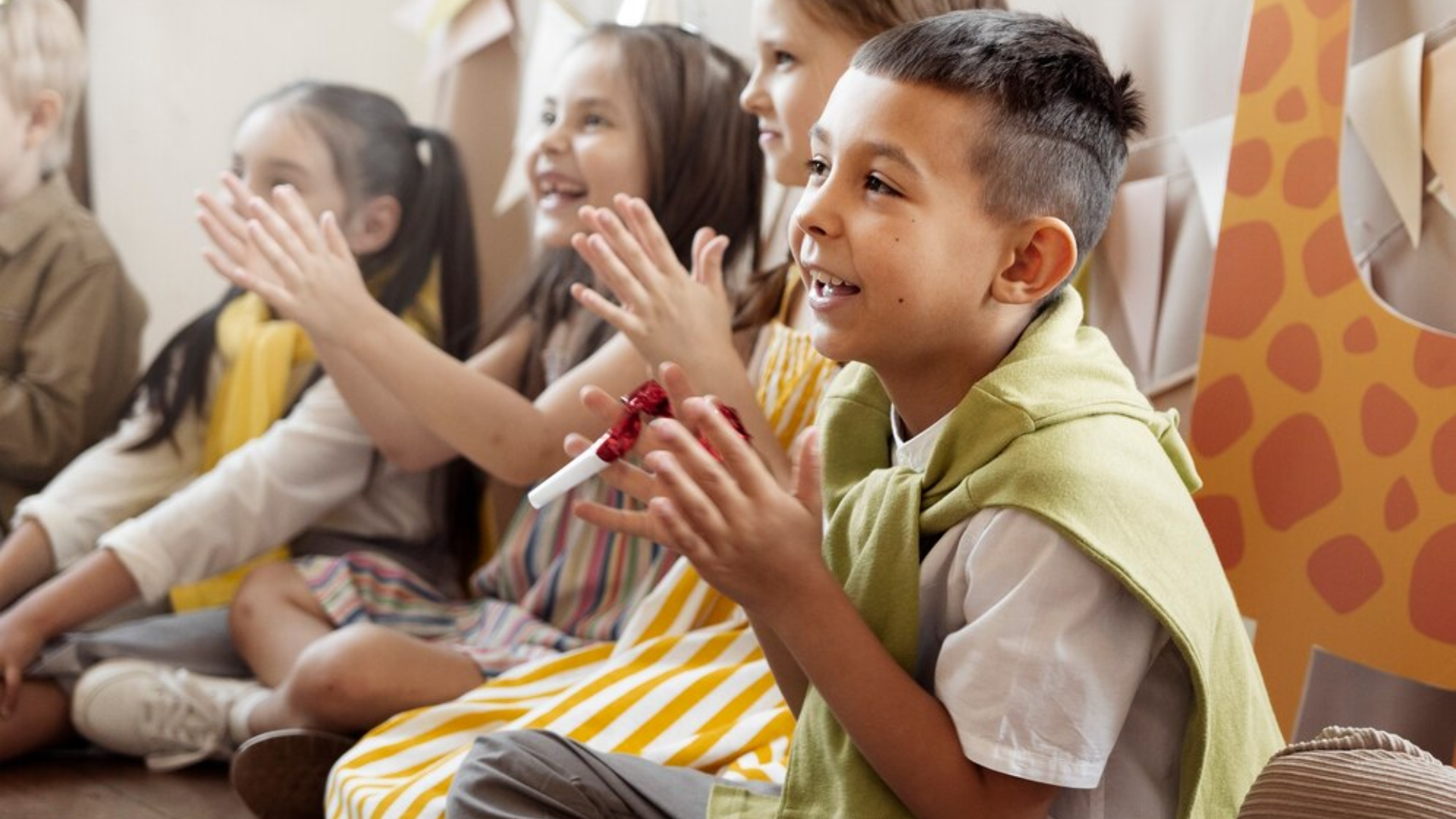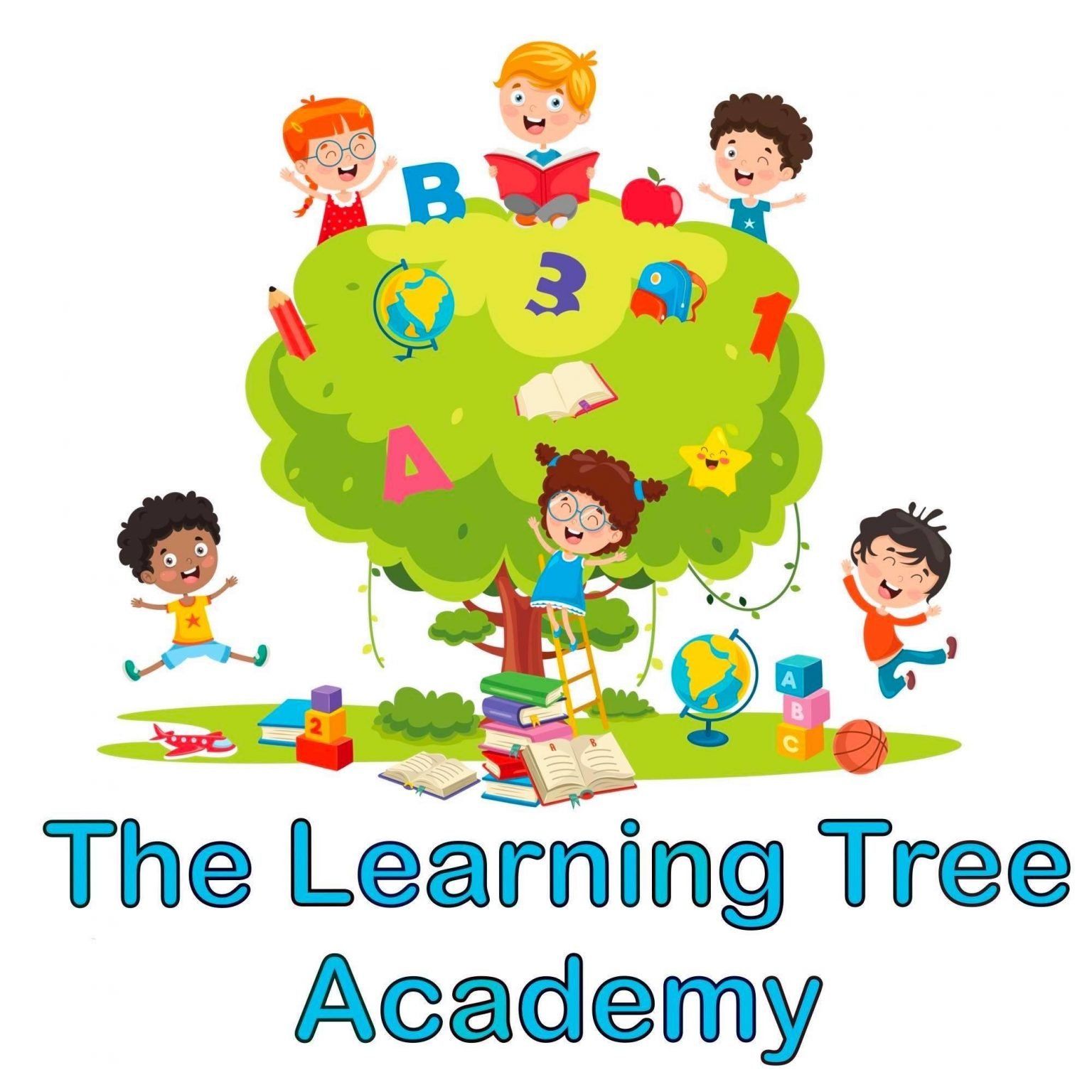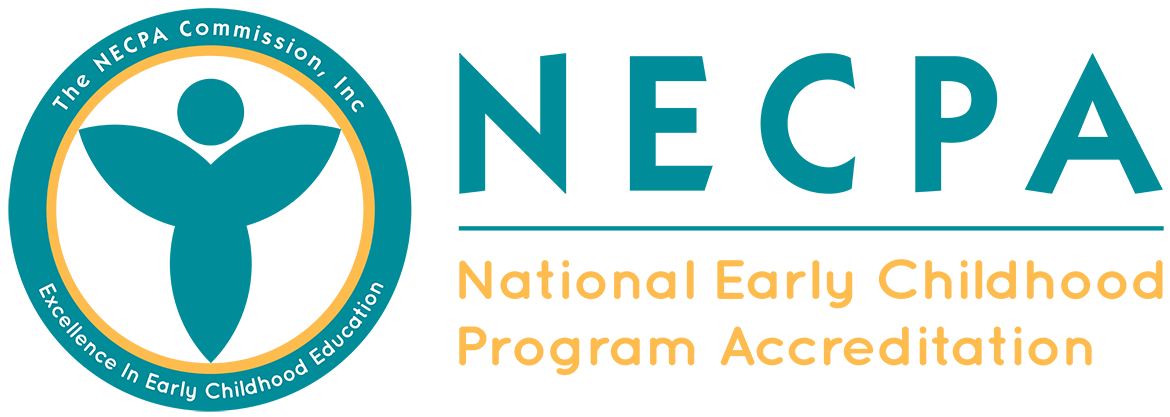5 Fun Learning Activities You Can Do at Home with Your Preschooler
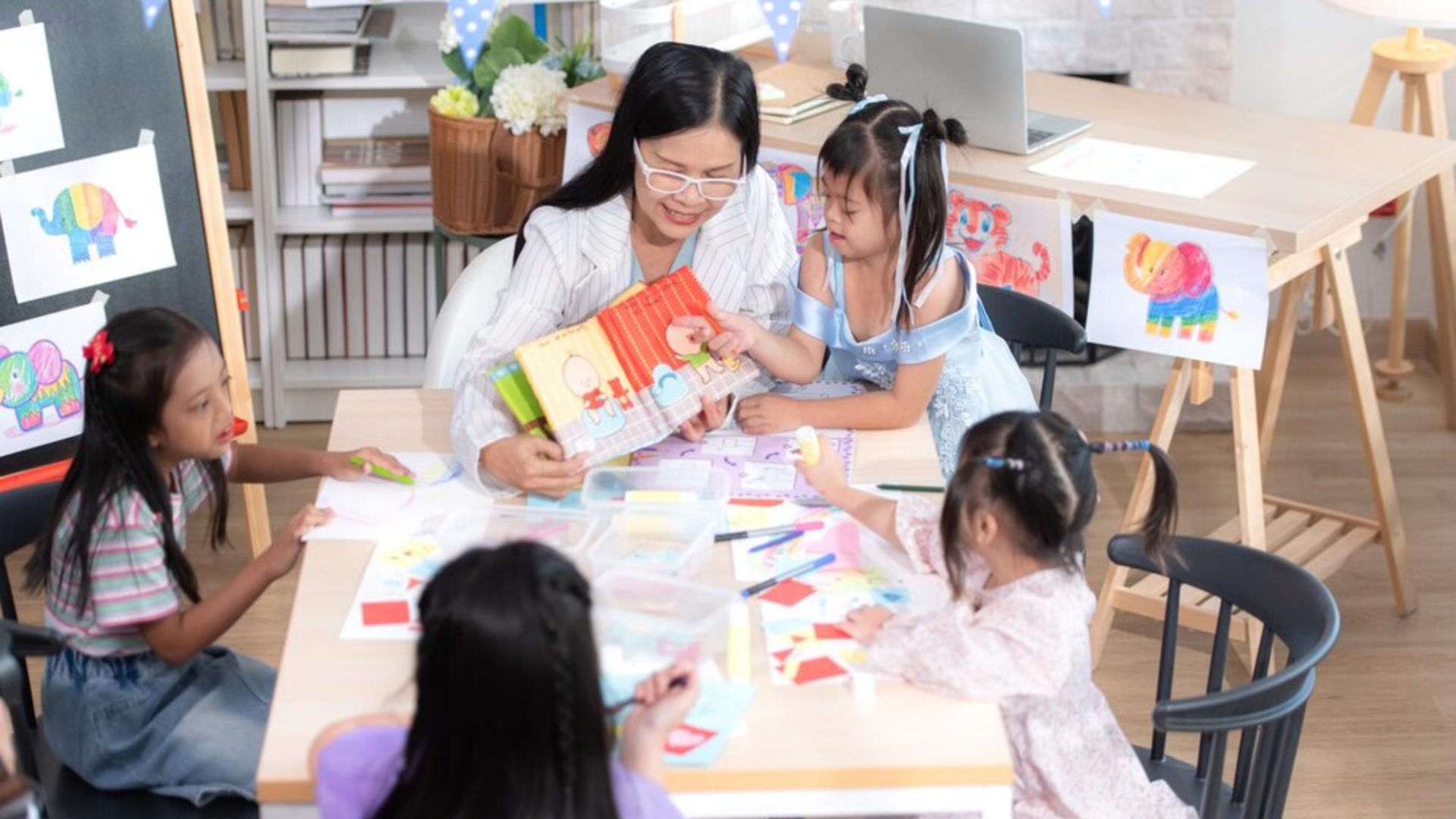
At The Learning Tree of Palm Bay, we understand that early childhood is a time for exploration, growth, and discovery. While our enrichment programs provide a nurturing environment for children to learn, the learning doesn’t have to stop when the school day ends. Parents can play a vital role in their child’s education by engaging them in fun, interactive learning activities at home.
The good news is that you don’t need fancy materials or a classroom full of resources to provide your preschooler with meaningful learning experiences. Simple household items can turn into powerful tools for developing essential skills, from literacy and math to creativity and social-emotional growth. Below, we’ve compiled five fun and easy activities you can do at home with your preschooler to help enhance their
development and encourage their natural curiosity.
1. Color and Shape Scavenger Hunt
Why It Works:
Preschoolers are naturally curious about their surroundings, and a color and shape scavenger hunt is a great way to build observational skills while reinforcing important concepts like color recognition, shapes, and categorization. This activity also promotes gross motor skills, as children will be moving around the house searching for specific items.
What You Need:
- Paper and crayons/markers
- Household items in various colors and shapes (toys, furniture, food items, etc.)
How to Do It:
Start by creating a simple list or chart of colors and shapes. For example, a red circle, a blue square, or a green triangle. Then, challenge your child to find these shapes and colors around the house. As they find an object that matches the description, encourage them to name the item and talk about its shape and color.
For added fun, ask your child to categorize the items they find based on shape or color. You can also introduce a time limit to make it more exciting or race against them to see who finds all the items first!
Learning Outcomes:
- Shape and color recognition
- Categorization skills
- Enhanced observational skills
2. DIY Sensory Bins for Hands-On Learning
Why It Works:
Sensory bins provide a wonderful opportunity for preschoolers to explore the world around them through their senses. These bins promote fine motor development, hand-eye coordination, and problem-solving skills while encouraging imaginative play. Sensory play also supports language development as children describe what they see, feel, and manipulate.
What You Need:
- A plastic bin or container
- Sensory materials such as rice, beans, pasta, sand, or water beads
- Small toys, measuring cups, spoons, or plastic animals
How to Do It:
Fill a plastic bin with a sensory material, such as dried rice, beans, or even homemade playdough. Add small items that can be hidden within the bin, like plastic animals, toy cars, or alphabet letters. Encourage your child to dig through the bin and search for hidden objects while practicing their fine motor skills by scooping, pouring, and sorting items.
For example, you could create a farm-themed sensory bin with toy farm animals, or a letter-themed bin with plastic letters to help your child learn their ABCs. You can also challenge your child to match colors, identify objects, or count items as they play.
Learning Outcomes:
- Fine motor development
- Sensory exploration
- Cognitive skills like sorting, matching, and counting
- Language development through descriptive words and narration
3. Story Time and Puppet Show
Why It Works:
Storytelling is a powerful tool for developing language skills, expanding vocabulary, and fostering creativity. A puppet show adds an interactive element, allowing children to practice social-emotional skills like empathy and communication. By acting out a story, children can better understand character development, conflict resolution, and the importance of storytelling.
What You Need:
- Books or stories (these can be from your own collection or online)
- Puppets (or socks or paper bags can easily be turned into puppets)
- A simple backdrop or stage (like a cardboard box or couch cushion)
How to Do It:
Start by reading a short story together, emphasizing different emotions and actions as you read. Then, encourage your child to re-enact the story using puppets or toys. They can use their imagination to give the characters different voices and personalities. You could also create new stories together by prompting your child with questions like, “What happens next?” or “What would you do if you were the character?”
If you don’t have puppets, get creative with everyday items like socks, paper bags, or stuffed animals. A cardboard box can serve as the perfect backdrop for your child’s puppet theater.
Learning Outcomes:
- Language and vocabulary development
- Imaginative play and creativity
- Social-emotional skills like empathy and communication
- Listening and comprehension skills
4. DIY Alphabet and Number Hunt
Why It Works:
Learning letters and numbers is a fundamental part of early childhood education. An alphabet and number hunt is a fun way to reinforce these concepts while also promoting physical activity. This activity can be adapted to a variety of skill levels and can be played in many different locations, from the living room to the backyard.
What You Need:
- Alphabet or number cards (you can make these yourself using paper or index cards)
- Small baskets or bags to collect the cards
- A timer (optional)
How to Do It:
Create cards with letters or numbers written on them, and hide them around the house or yard. Set a timer and ask your child to find all the letters or numbers. To increase the challenge, you can provide clues like “Look for the letter B under the chair” or “Find the number 5 next to the window.”
Once your child has found all the cards, practice saying the letters or numbers together and encourage them to point to objects around the house that start with those letters or match those numbers (e.g., “B is for ball” or “3 is for three apples”).
Learning Outcomes:
- Letter and number recognition
- Cognitive skills like matching and sorting
- Physical activity and coordination
- Memory and focus
5. Nature Walk and Nature Journal
Why It Works:
Taking a nature walk allows children to explore the outdoors and learn about the world around them. It’s an excellent way to teach your child about the environment, nature, and science. A nature journal encourages children to record their observations, which helps with literacy, memory, and fine motor skills.
What You Need:
- A small notebook or blank sheets of paper
- Crayons or markers
- A magnifying glass (optional)
- Comfortable shoes for walking
How to Do It:
Take your preschooler on a walk around your neighborhood, a park, or even in your backyard. Encourage them to observe the plants, animals, insects, and weather. Ask questions like, “What colors do you see?” “What sounds can you hear?” and “How many different kinds of leaves can we find?”
After the walk, have your child draw pictures in their nature journal, describing what they saw. If they are old enough, they can attempt to write down the names of the plants or animals they observed. This not only encourages them to connect with nature but also fosters curiosity, observation, and literacy skills.
Learning Outcomes:
- Observation and critical thinking skills
- Connection with nature and environmental awareness
- Fine motor skills through drawing and writing
- Creativity and self-expression
At The Learning Tree, we believe in providing a well-rounded education that goes beyond academics. Our enrichment programs are carefully crafted to nurture essential life skills in a safe and supportive learning environment, where children feel secure, confident, and ready to explore the world around them. This combination empowers kids to grow intellectually, socially, and emotionally.
Conclusion
Incorporating learning into your child’s daily routine doesn’t need to be complicated or overwhelming. Simple, hands-on activities like these can have a profound impact on your preschooler’s development. Whether it’s searching for shapes, exploring sensory bins, acting out a story, or going on a nature walk, these activities encourage critical thinking, creativity, and essential life skills in a fun, engaging way.
At The Learning Tree of Palm Bay, we believe in supporting both in-class and at-home learning experiences. Parents are their children’s first teachers, and activities like these provide opportunities to nurture a love for learning while strengthening the bond between parent and child. So, gather your materials, get ready to have fun, and enjoy the precious moments of growth and discovery with your preschooler!
